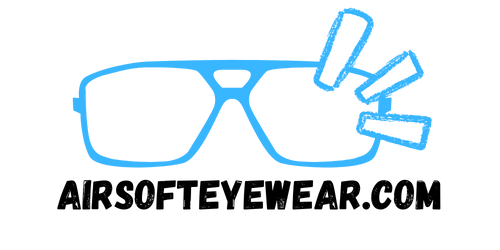Understanding the Technology of Contact Lenses for Myopia Control
Myopia, or nearsightedness, is a common vision problem, affecting nearly 30% of the global population. It is characterized by the inability to see distant objects clearly, while nearby objects remain clear. While glasses have traditionally been the go-to solution for correcting myopia, contact lenses have evolved to provide an alternative, and more effective, option. In recent years, contact lenses specifically designed for myopia control have gained significant attention in the optometry field. This article explores the technology behind these specialized contact lenses and their benefits for myopia control.
To understand how contact lenses can control myopia, it is necessary to delve into the science behind myopia progression. Myopia typically begins during childhood or adolescence, and the eyes grow rapidly during this time. Several factors contribute to myopia, including genetics and environmental factors like excessive near work and lack of outdoor activities. Research suggests that myopia is predominantly caused by excessive axial elongation of the eyeball, leading to an increased risk of sight-threatening conditions, such as retinal detachment and myopic maculopathy.
Contact lenses designed for myopia control aim to slow the progression of myopia by addressing the underlying causes. These lenses utilize various technologies to achieve this goal. One such technology is known as peripheral defocus management. The peripheral vision plays a vital role in the progression of myopia, as children with myopia tend to have hyperopic defocus in their peripheral retina. Contact lenses for myopia control are designed to manipulate the peripheral defocus, ensuring that light falling on the peripheral retina is redirected to areas of the retina that promote less axial elongation.
Another technology used in myopia control contact lenses is called dual-focus optics. These lenses have concentric rings on the front surface, creating multiple zones that provide clear vision for both near and distant objects. By simultaneously focusing light in front of and behind the retina, these lenses help to slow down the progression of myopia. Dual-focus lenses are considered a viable option for myopia control in children as they do not significantly affect the quality of vision and are well-tolerated.
Recent advances in contact lens materials have also contributed significantly to myopia control. The development of high oxygen permeable silicone hydrogel materials has allowed for longer and safer lens wear. These materials allow more oxygen to reach the cornea, reducing the risks of corneal complications associated with prolonged contact lens use. Additionally, silicone hydrogel materials have higher water content, leading to enhanced comfort and moisture retention.
It is worth noting that myopia control contact lenses are not a one-size-fits-all solution. Each individual’s eye shape, visual needs, and myopia progression rate differ, necessitating personalized fitting and prescription. Optometrists play a crucial role in determining the most appropriate type of myopia control contact lenses for each patient, considering factors such as lifestyle, visual demands, and compliance.
In conclusion, contact lenses designed for myopia control have emerged as a revolutionary technology in eyecare. By addressing the underlying causes of myopia progression through peripheral defocus management, dual-focus optics, and advanced materials, these lenses offer an effective alternative to traditional glasses. Myopia control contact lenses are a game-changer, providing children and adolescents with the opportunity to slow down the progression of their myopia and reduce the associated risks of sight-threatening conditions. However, as with any vision correction method, it is essential to consult with an optometrist to determine the most suitable option for individual needs.






Comments are closed